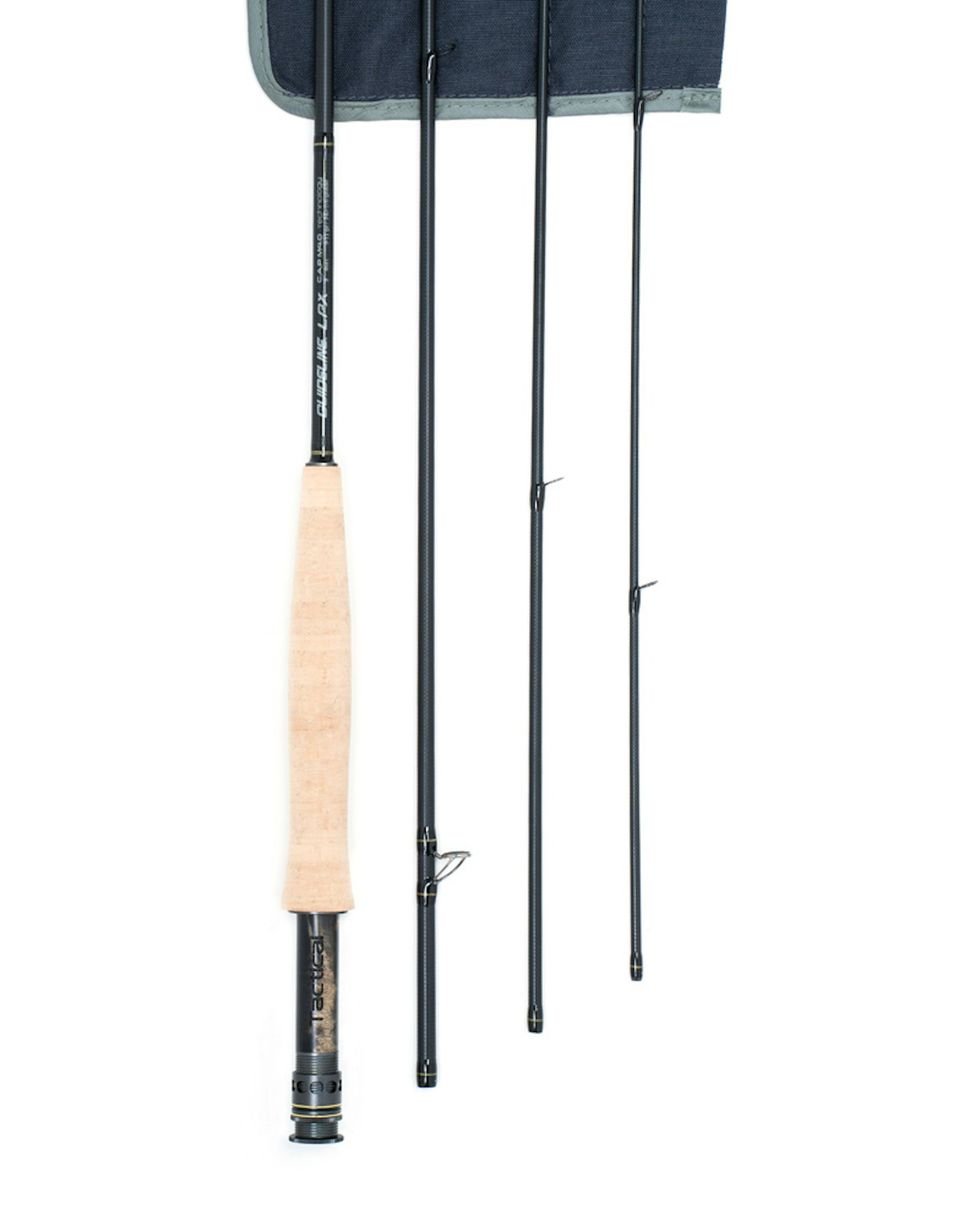

Guideline LPX Tactical ger oss möjlighet att bygga flugspön med en unik kast- och fiskeupplevelse där C.A.P M4.0™-tekniken ger den lätthet, kraft och stabilitet du drömmer om i ett öringspö.
Läs merLPX Tactical
4 999.00 SEK

New Zealand is a premier destination for fly anglers, renowned for its pristine rivers, crystal-clear lakes, and abundant trout populations. The country offers diverse fishing opportunities, from the challenging wild brown trout of the South Island's rivers to the large rainbow trout in the North Island's lakes. But beautiful waters with big fish attract fly anglers from all over the world, and with pressure comes weary fish and the need of a good strategy by the river. Here follows some tips and tricks from Mike that will help you succeed on the water.
The basic principal is that you sometimes need to be able to lead fish a long way ahead (often several metres) while keeping the thicker end of the tapered leader well behind to avoid any spook inducing vibration on the surface. So ultimately very long leaders and fine tippets are needed for consistent success and to avoid spooking those shy fish. This necessitates learning to cast 18´ to 24´ foot leaders with flies ranging from size #6 to #20. The casting of these leaders isn't always pretty, but can be very effective if done well, as you can impart an amount of controllable slack near the fly to allow the critical dead drift.
Your fly drifting well is crucial. Drag (even micro drag) on the fly, will not only see a refusal, but often the end of your chances on that fish, especially as the season progresses. Having an array of slack line presentations here is key, with curves, wiggles and reach casts all invaluable in reducing or eliminating drag when fishing across or along varied currents.
Spotting fish in New Zealand is a skill that best develops over time, but moving slowly, looking THROUGH the water (not AT it) and identifying the prime water to search, are all key components to locating trout. Often they will show only as a smudge, particularly in fast deep water, so this is where taking your time pays off. These fish are often more secure and will feed more freely, so finding them adds greatly to your chances of success.
New Zealand is a premier destination for fly anglers, renowned for its pristine rivers, crystal-clear lakes, and abundant trout populations. The country offers diverse fishing opportunities, from the challenging wild brown trout of the South Island's rivers to the large rainbow trout in the North Island's lakes
Guides have in-depth knowledge of the local waters, including the best spots, current conditions, and fish behavior. This expertise significantly increases your chances of a successful trip. A guide can provide valuable instruction on casting techniques, fly selection, and reading the water. This personalized coaching helps improve your skills and knowledge, making you a better angler. With a guide, you can make the most of your time on the water. They handle logistics, equipment, and access to prime fishing spots, allowing you to focus solely on fishing. Hiring a guide not only enhances your fly fishing experience but also contributes to a more enjoyable, educational, and safe adventure.
The phrase "trout only live in beautiful places" captures the enchanting allure of fly fishing for these sought-after fish. Trout are highly sensitive to water quality and require clean, oxygen-rich streams, rivers, and lakes to thrive. These pristine habitats are often found in remote, unspoiled locations where nature remains largely untouched by human activity. As a result, the pursuit of trout frequently takes anglers to some of the most breathtaking and serene environments on Earth. Trout habitats are typically nestled within stunning landscapes, ranging from the rugged mountains and alpine meadows of the Rockies to the lush forests and clear streams of New Zealand. Whether it's the rolling hills of Scotland or the dramatic fjords of Norway, these settings offer panoramic views and a deep connection to nature that enhances the overall fishing experience.


Guideline LPX Tactical ger oss möjlighet att bygga flugspön med en unik kast- och fiskeupplevelse där C.A.P M4.0™-tekniken ger den lätthet, kraft och stabilitet du drömmer om i ett öringspö.
Läs merLPX Tactical
4 999.00 SEK
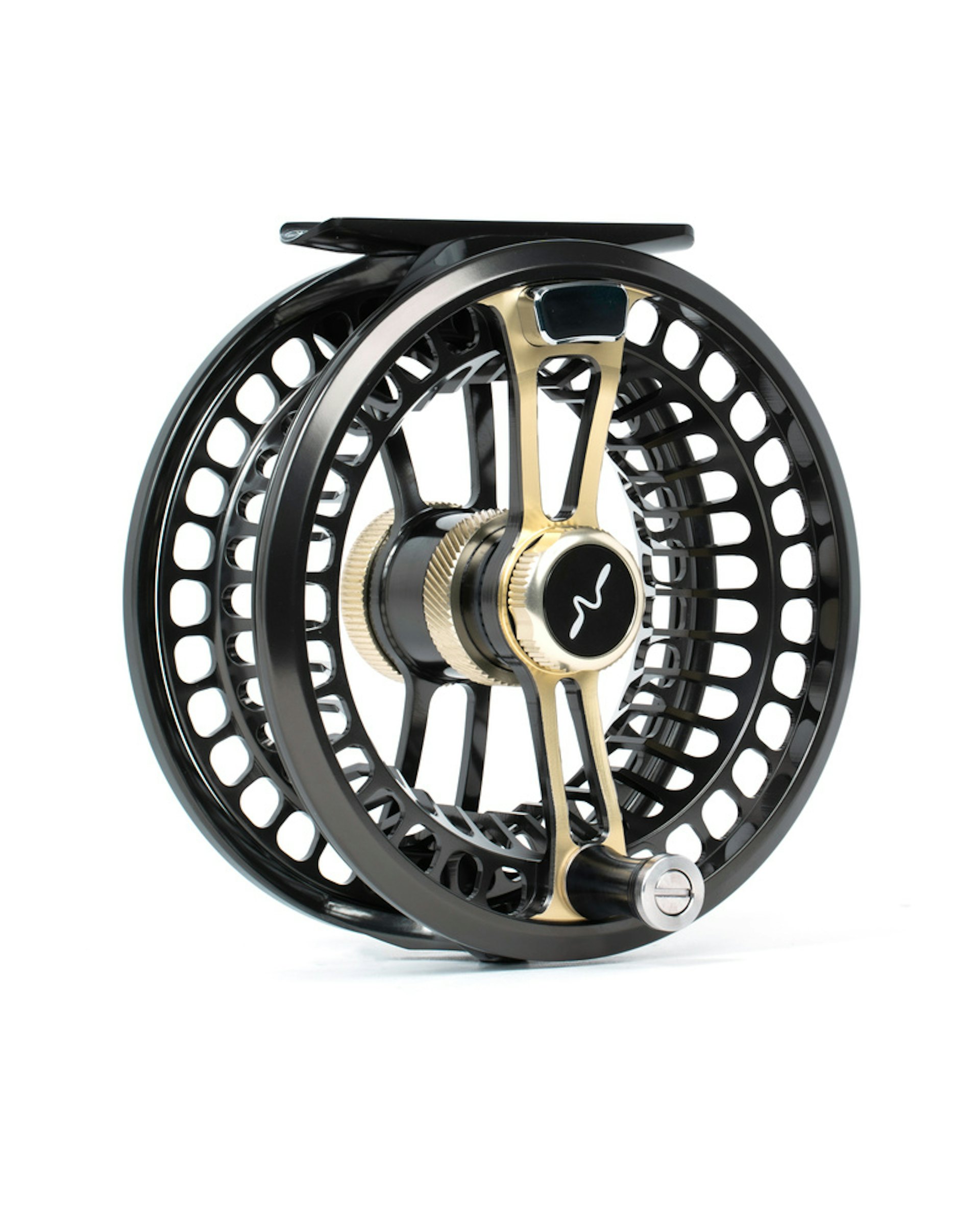
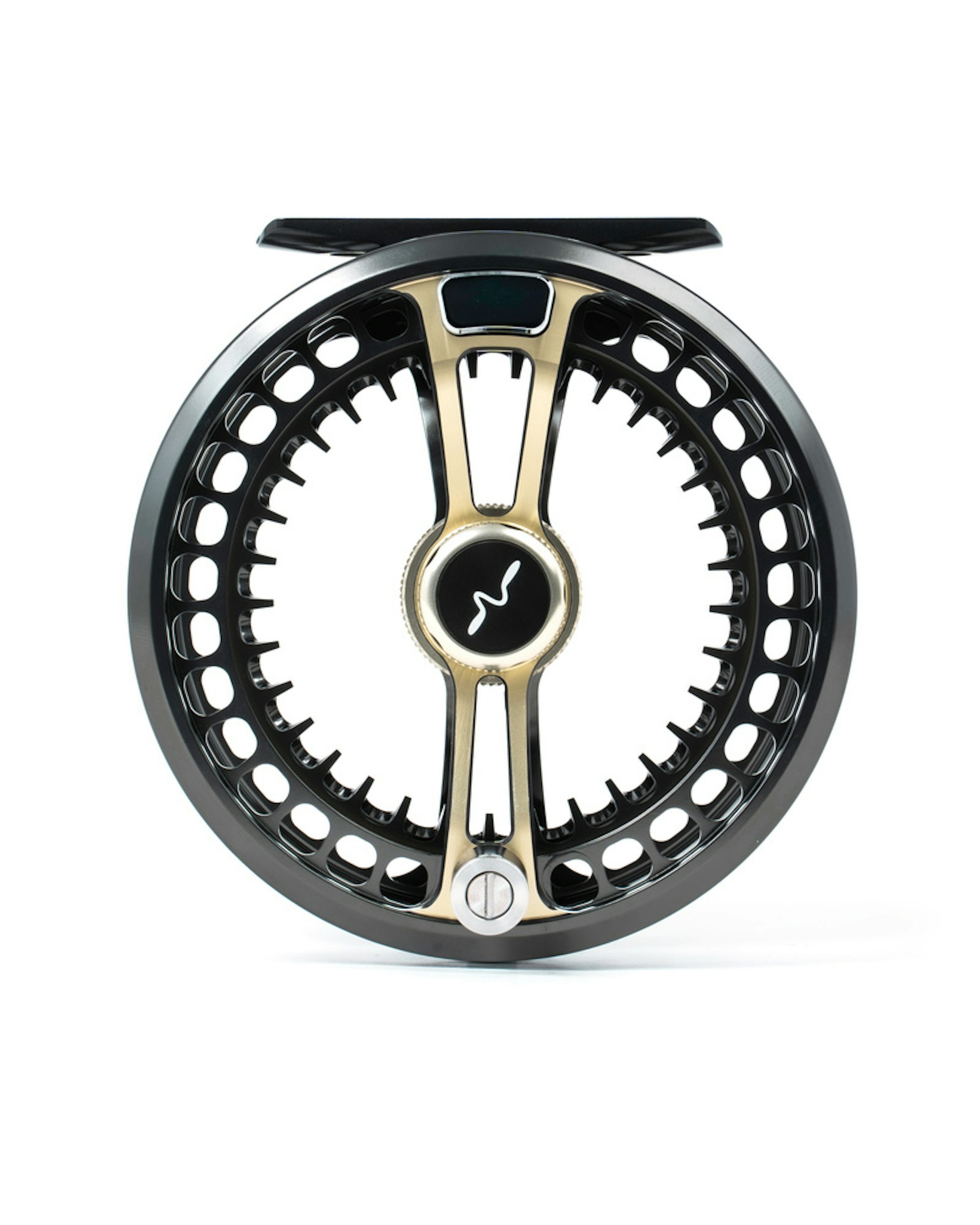
Den allra första flugrullen från Guideline som utformats exklusivt för öringfiske. Varje detalj och varje funktion har utvecklats med att en sak i åtanke; att skapa en perfekt, lätt, pålitlig och solid rulle för seriösa flugfiskare.
Läs merFario LW Dk. Grey Green/Gold
4 599.00 SEK
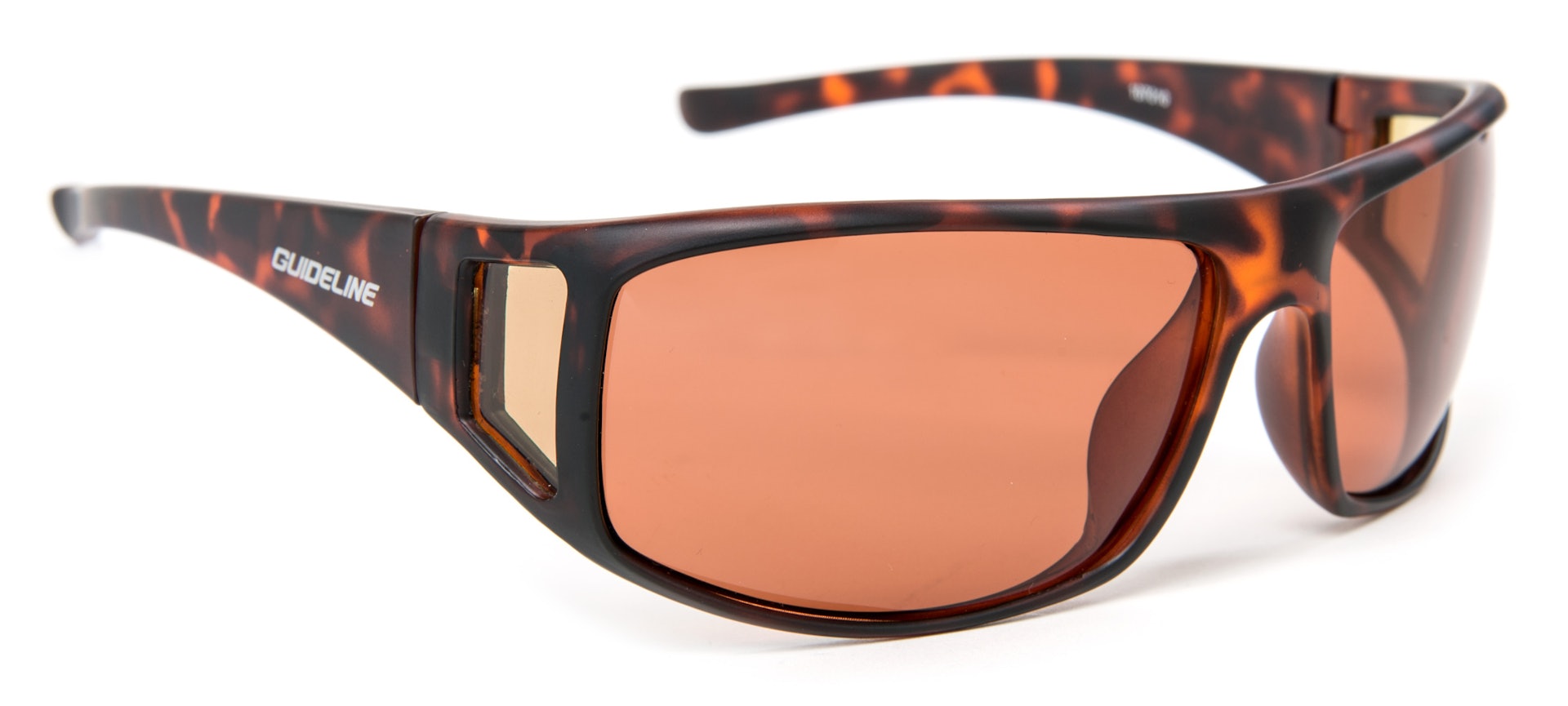

Guideline Tactical solglasögon är tillverkade med en sportig båge som ger bra täckning på sidorna då formen är lätt böjd.
Läs merTactical Sunglasses - Copper Lens
549.00 SEK
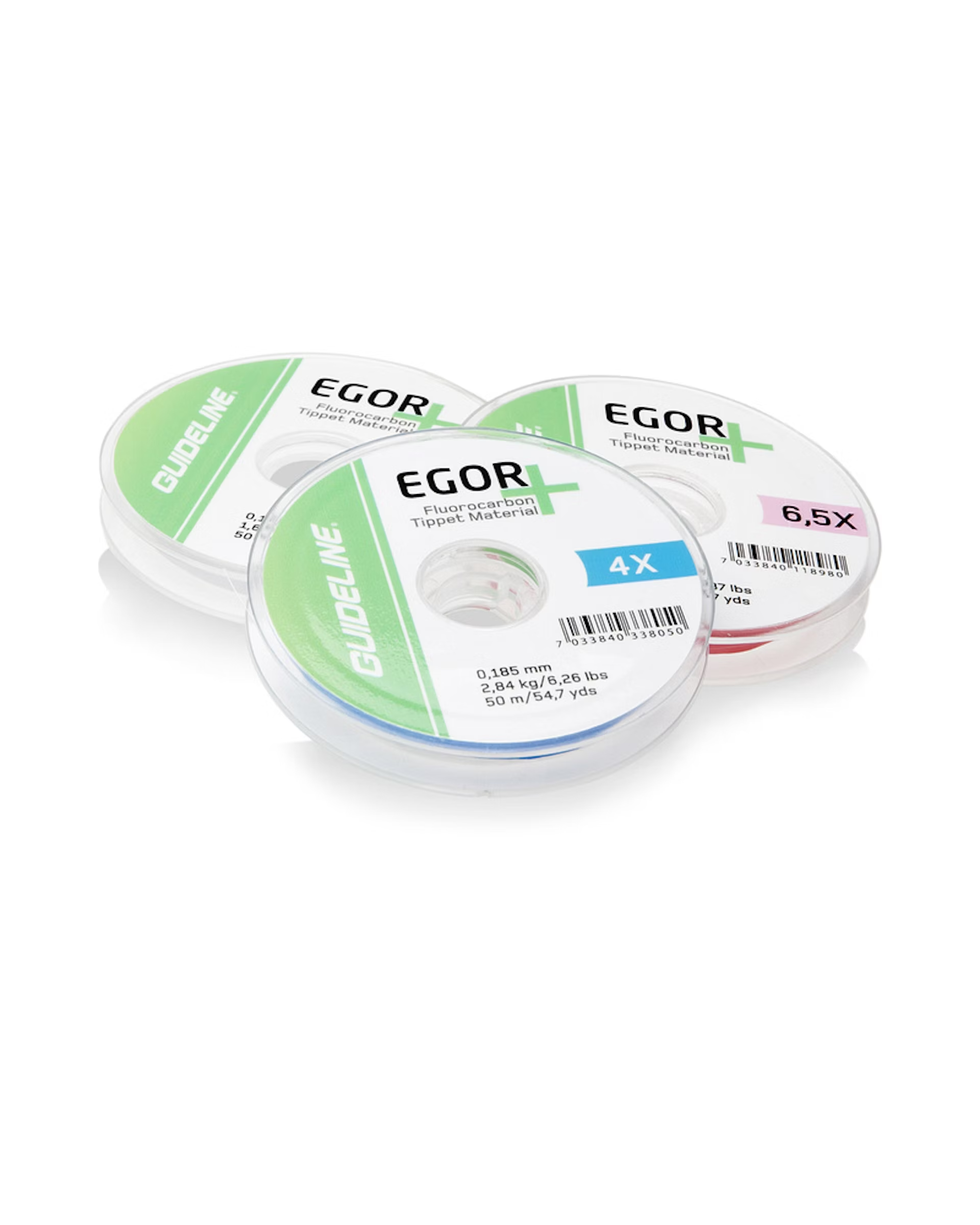
Detta är en av de absolut bästa Japanska fluorocarbonmaterialen på marknaden. Egor är otroligt knutstark, tål nötning och väldigt exakt i förhållande till uppgiven tjocklek.
Läs merEgor+ FC Spools
219.00 SEK
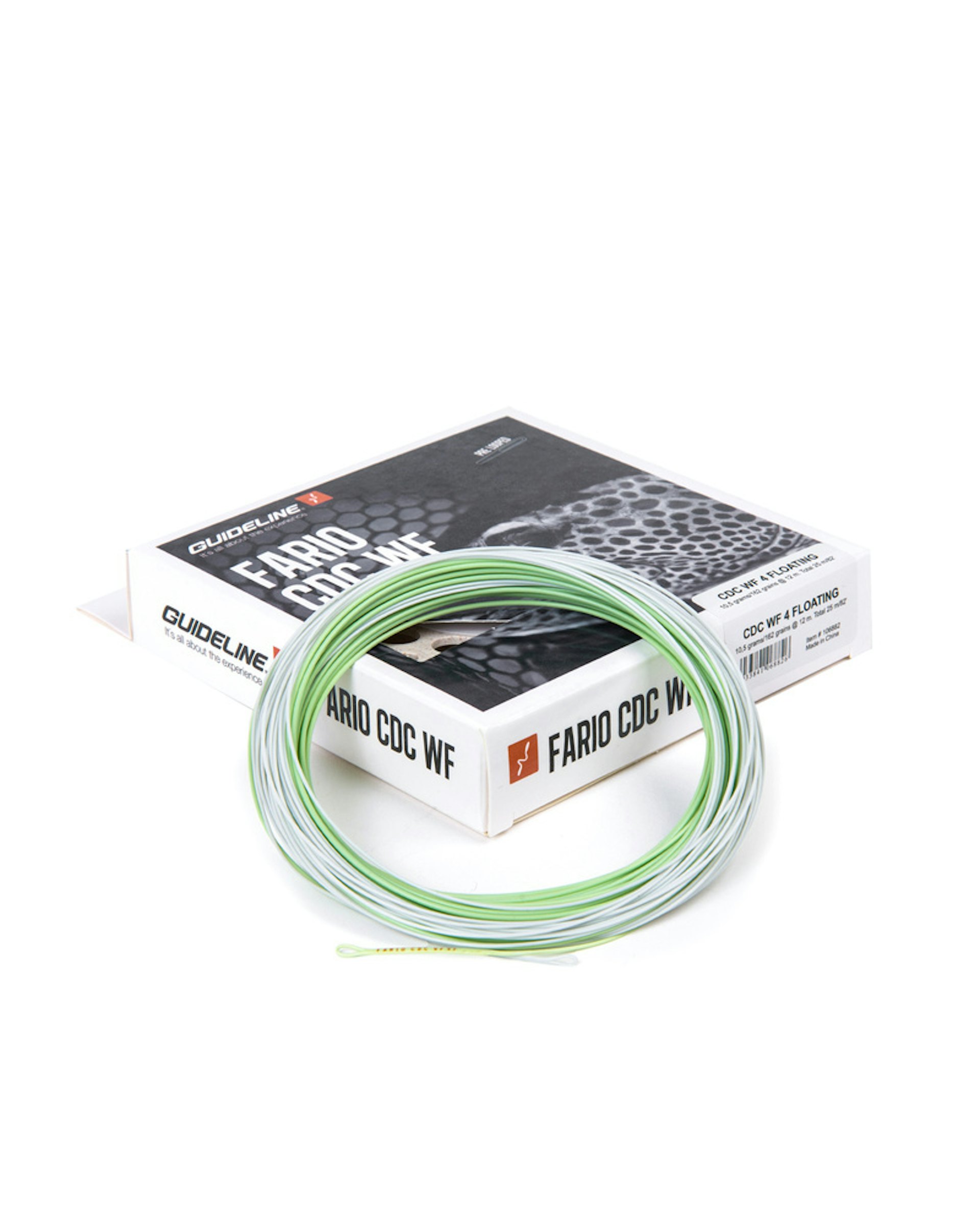
Guideline CDC är en WF fluglina som ger fina, lugna presentationer och skarpa linbågarsamt vänder över långa tafsar med god kontroll.
Läs merFario CDC WF
899.00 SEK
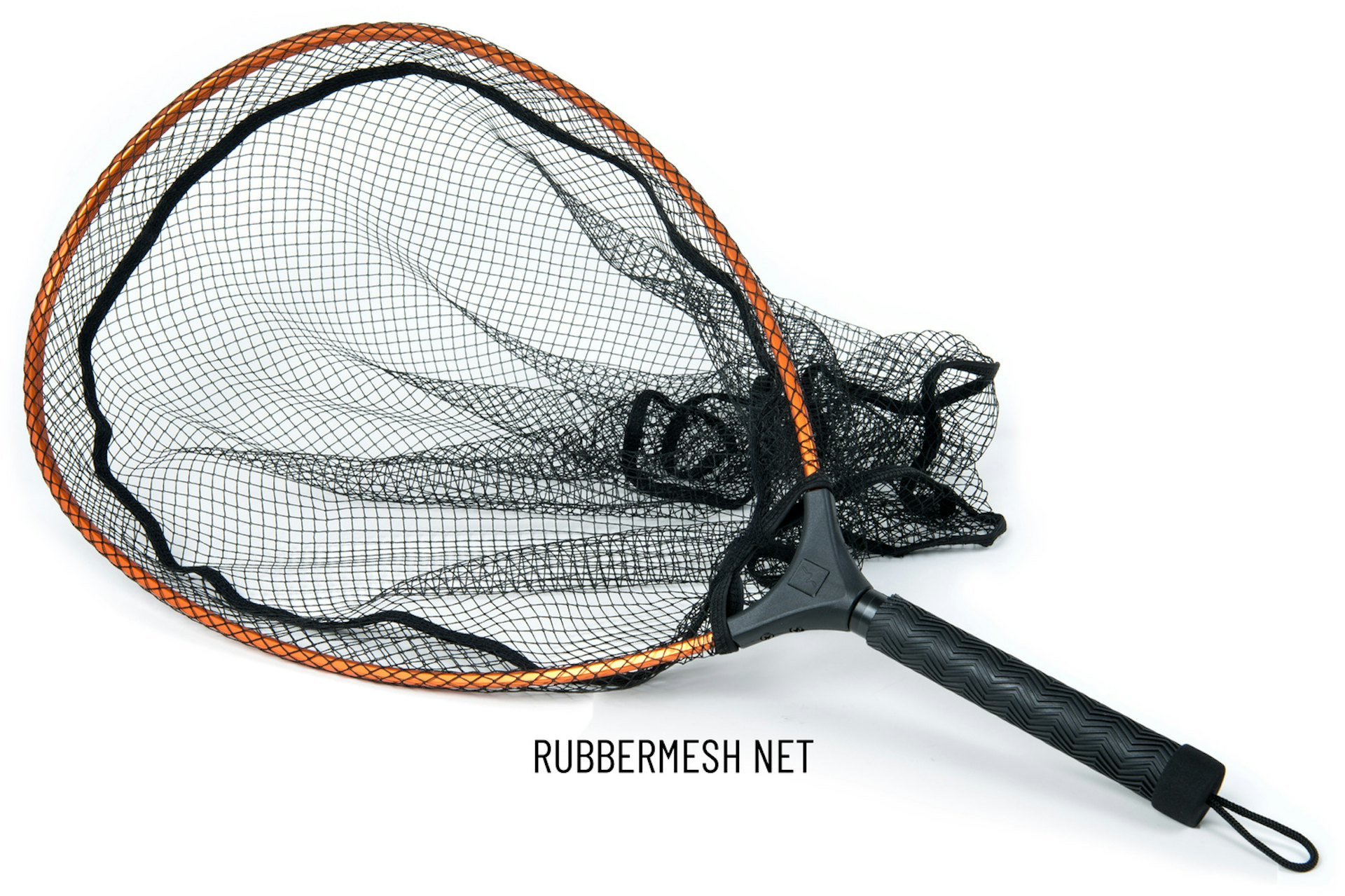
Guideline Multi Grip är en serie håvar med utbytbara handtag för att passa olika fiskesituationer eller om du föredrar ett annat material i greppet. Modellen här kommer med rubbermesh och är i storlek Large.
Läs merMulti Grip Landing Net - L
699.00 SEK
I tend to only use a dry/dropper or indicator on a sighted fish if I feel the current is fairly even throughout the whole water column. If there are larger underwater rocks present, they often cause current deflections that impinge the drift of the nymphs below. The indicator will drift freely but the nymphs will often drag in this scenario. My fix to this problem is 'naked nymphing', which is simply fishing a nymph(or nymphs) without using any form of strike indicator. The drift is then largely unencumbered, but you need to learn the subtle signs from the trout that he's taken the fly. Gills faring, the trout moving to where you believe your fly to be, and the white flash of the mouth are often giveaways. Another great technique (much like Euro or contact nymhing) is fishing from more side on and 'leading' the flies through with your rod tip just downstream of your flies and 'feeling through' with the rod about when you think your flies are in the zone. This following through technique can be very effective as the moment a trout has eaten your nymph, they have stopped and the line naturally tightens on the follow through.
Tippet size here is 'as heavy as you can get away with and as light as necessary' to quote my good mate Hans. Honest situation appraisal is needed to come up with the right tippet for the occasion. I personally never go above 4X (7lb) flourocarbon, and never lower than 6X (4lb). These are mostly big tough fish. Factors to consider are: water speed and depth, the proximity of snags, and your ability as an angler to follow the fish if needed.
Fighting fish is again dictated by the environment, but as long as you have faith in your knots and keep a good bend in your rod and with good angles throughout, it's surprising just how much pressure you can put on a fish. If you don't believe me, get you fishing buddy to hold the tippet just above the fly and ask them to break the tippet. You can put a full bend in even a 6wt rod and they won't come close to breaking a 5lb line. Most anglers lose fish through lack of pressure or poor rod angles. A lack of initial pressure and being slow in following a hard running fish allows them to get around a rock or branch that damages the line, resulting in line failure.
New Zealand's rivers and lakes teem with a variety of aquatic insects, such as mayflies, caddisflies, and stoneflies, which are a primary food source for trout. Nymphs, which are the immature stages of these insects, are available to fish year-round, making them a reliable choice for anglers. The crystal-clear waters of New Zealand's fisheries mean that trout are often very cautious and selective. Nymphs, with their natural appearance and behavior, can be presented subtly, reducing the chances of spooking these wary fish.
Nymph fishing allows anglers to target trout at different depths, where fish often feed more actively. By adjusting the weight and size of the nymph, anglers can effectively reach fish holding near the bottom or in deeper pools, areas that are often inaccessible with dry flies. While dry fly fishing can be highly seasonal, nymph fishing remains productive throughout the year. This consistency is particularly valuable in New Zealand, where weather and water conditions can change rapidly.
Trout in New Zealand are accustomed to feeding on nymphs drifting naturally in the current. Well-presented nymphs can mimic this natural drift, making them irresistible to feeding trout. Techniques like dead drifting and Euro nymphing can be particularly effective. Given their prevalence in the trout’s diet, nymphs can significantly increase an angler's catch rates. Whether targeting the large, wary browns of the South Island or the aggressive rainbows of the North Island, nymphs can often outfish other fly patterns.